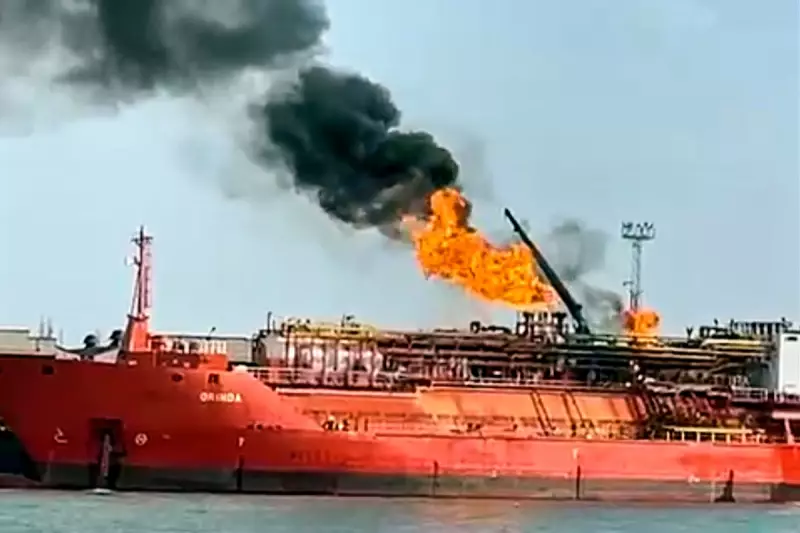
Russia's Calculated Provocations Test NATO's Eastern Flank
European security faces its most severe test in decades as Russia orchestrates a campaign of deliberate provocations against NATO members, pushing the alliance toward a dangerous precipice. Multiple countries have reported alarming incursions into their airspace and territory in recent months, with analysts warning that Moscow is systematically testing Western resolve.
Sabotage and Strikes: Direct Attacks on Critical Infrastructure
The situation escalated dramatically in mid-November when Polish Prime Minister Donald Tusk revealed that a domestic railway line used for delivering aid to Ukraine had been damaged in an explosion he described as sabotage. His security services minister, Tomasz Siemoniak, stated that evidence pointed toward Russian intelligence commissioning the attack.
Meanwhile, on November 17th, a Turkish-flagged tanker navigating the Danube River between Ukraine and Romania was struck by a drone and set ablaze. The MT Orinda was hit while offloading petroleum gas at Izmail port, forcing evacuations from the vessel and nearby Romanian villages. This incident occurred just one day after Ukrainian President Volodymyr Zelenskyy signed a deal to import US liquefied natural gas through the region.
Systematic Airspace Violations and Military Posturing
The airspace violations began in earnest during September, when nearly two dozen drones crossed into Poland during a large-scale Russian attack on Ukraine. Days later, Russian jets violated Estonia's airspace for 12 minutes in what the government called an "unprecedentedly brazen" incursion involving three MIG-31 fighters over the Gulf of Finland.
October saw further escalations, with Poland scrambling fighter jets to intercept a Russian reconnaissance plane over the Baltic Sea - the second such incident within a week. The Russian aircraft was flying in international airspace without a filed flight plan and with its transponder turned off, raising serious safety concerns.
Hybrid Warfare Tactics and NATO's Response
Natia Seskuria, an associate fellow at the Royal United Services Institute (RUSI), explained that Russia employs these continued provocations to "signal that Moscow retains the capacity to escalate the conflict beyond Ukraine's borders." She added that "by probing for weaknesses and divisions among European allies, Russia hopes to undermine collective resolve and weaken transatlantic cohesion."
The hybrid campaign extends beyond military incursions. Lithuania faced repeated closures of border crossings into Belarus due to airspace disruptions caused by smugglers' balloons carrying cartons of cigarettes. The EU described these incidents as part of "a broader targeted hybrid campaign."
In Denmark, defence officials accused Russian warships of repeatedly sailing on collision courses with Danish naval vessels and disrupting navigation systems in strategic straits connecting the Baltic to the North Sea. Unidentified drones were also observed near military installations, forcing temporary closures of airports in Aalborg, Billund, and Copenhagen.
The pattern suggests Moscow is pursuing a strategy of sustained pressure designed to test Western responses without triggering conventional military retaliation. As Seskuria noted, "Where this leads depends largely on NATO's capacity to demonstrate unity and resilience" in the face of these calculated provocations.





